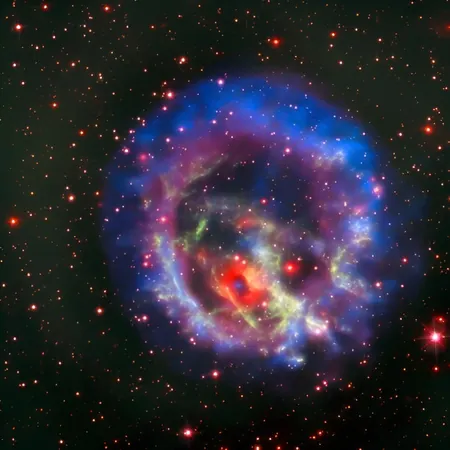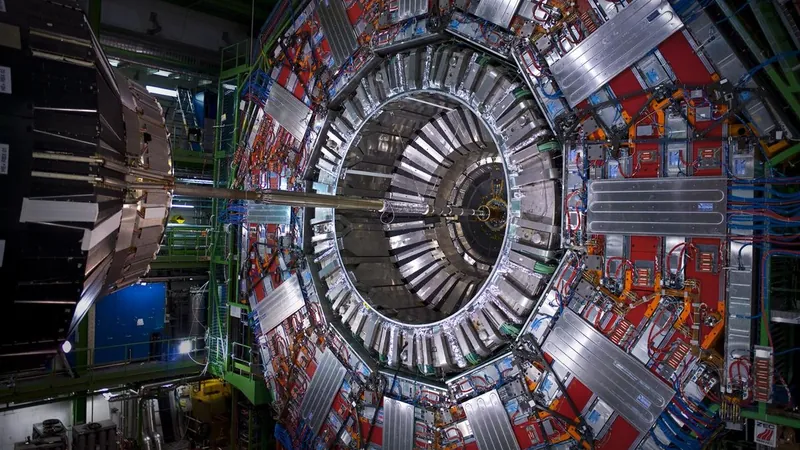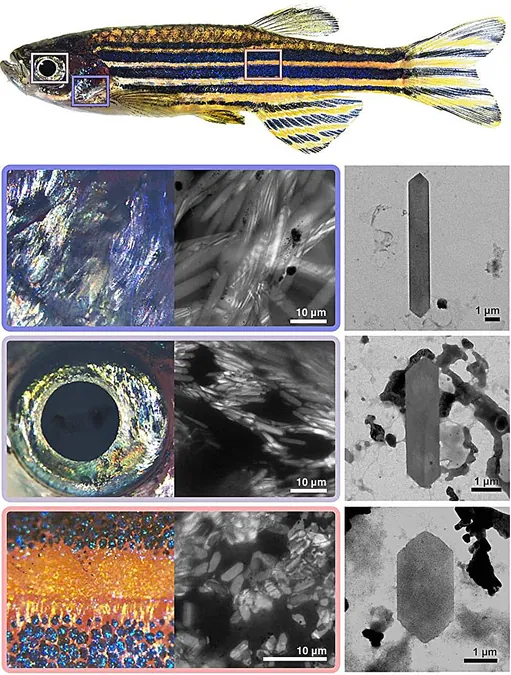
Unleashing the Universe's Secrets: Heavy Ion Collisions May Generate Unprecedented Electric Fields!
2024-09-27
Introduction
Lab experiments are ramping up worldwide to recreate the enigmatic phase of matter from the early universe, and astonishingly, researchers may also generate the most powerful electromagnetic fields ever recorded! This striking insight comes from a theoretical analysis conducted by physicist Hidetoshi Taya from RIKEN, in collaboration with two notable colleagues. This groundbreaking revelation opens the door for physicists to delve into entirely new phenomena that could reshape our understanding of the cosmos.
Standard Model and Theoretical Expectations
The Standard Model of particle physics posits that when ultra-hot matter is compressed into an incredibly dense object, it transforms into a plasma composed of quarks and gluons—subatomic particles that are not usually found in isolation. However, confirmation through experimental evidence is essential to substantiate these theoretical expectations.
The Need for Large-Scale Experiments
"While we have these expectations, substantial theoretical uncertainties loom, especially at ultra-high densities,” Taya explains. “Consequently, large-scale experiments are critically needed to investigate this extreme matter." These experiments involve colliding heavy ions (charged atoms) to scrutinize the resulting plasma.
A Shift in Experimental Focus
Historically, researchers focused on using high-energy collisions to achieve elevated temperatures. Yet, a recent paradigm shift is underway, with several global experiments pivoting toward intermediate energy levels designed to create ultra-dense plasmas. This evolution is vital for understanding cosmic origins, as extreme conditions similar to those in the early universe, neutron stars, and explosive supernovae manifest in these experiments.
Exploring Intense Laser Technologies
In his investigations of laser technology, Taya identified that intense lasers create strong electromagnetic fields. However, he proposed that the collision experiments could generate even more potent fields—an exciting possibility for physicists eager to investigate novel phenomena predicted by these ultrastrong fields.
The Challenge of Creating Strong Fields
Until now, the challenge has been that physicists couldn’t create fields anywhere near the requisite strength to explore this new physics. "An intense laser is roughly equivalent to a hundred trillion LEDs," Taya remarked. "Yet, even these lasers pale in comparison to the formidable fields necessary to unlock the secrets of strong-field physics."
Theoretical Analysis and Predictions
The team has conducted a theoretical analysis showing that these remarkable electric fields, powerful and long-lasting enough to explore strong-field physics, can be produced during heavy-ion collisions at intermediate energies. The findings have been published in the prestigious journal *Physical Review C*.
Implications for Strong-Field Physics
"The electric fields we predict are capable of probing strong-field physics effects inaccessible by any other means," Taya asserts. However, there’s a catch. Physicists won't be able to measure these fields directly during planned collision experiments; they will only observe the particles created and their characteristics.
Future Directions and Conclusion
"For a thorough validation of our predictions, it’s essential to comprehend how these strong electromagnetic fields influence the observable particles,” Taya elaborates. “We're actively pursuing this research to deepen our understanding." As experiments continue and technology advances, the prospect of unlocking the mysteries of the universe using heavy ion collisions and the strongest electric fields ever imagined could lead to revolutionary discoveries in physics and our grasp of cosmic phenomena. Stay tuned as scientists aim to rewrite the textbooks on particle physics!




 Brasil (PT)
Brasil (PT)
 Canada (EN)
Canada (EN)
 Chile (ES)
Chile (ES)
 España (ES)
España (ES)
 France (FR)
France (FR)
 Hong Kong (EN)
Hong Kong (EN)
 Italia (IT)
Italia (IT)
 日本 (JA)
日本 (JA)
 Magyarország (HU)
Magyarország (HU)
 Norge (NO)
Norge (NO)
 Polska (PL)
Polska (PL)
 Schweiz (DE)
Schweiz (DE)
 Singapore (EN)
Singapore (EN)
 Sverige (SV)
Sverige (SV)
 Suomi (FI)
Suomi (FI)
 Türkiye (TR)
Türkiye (TR)